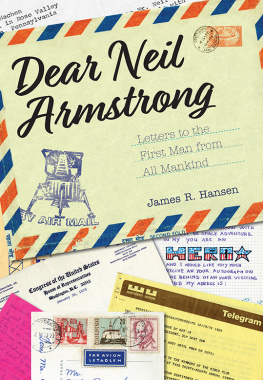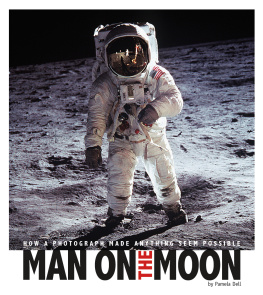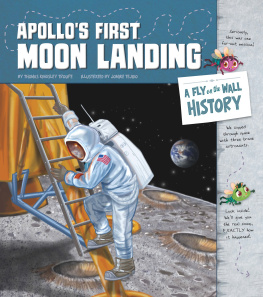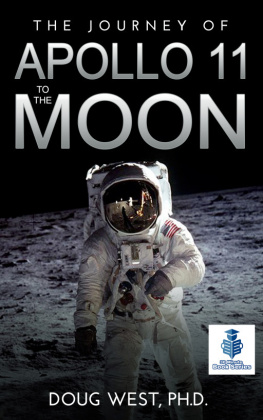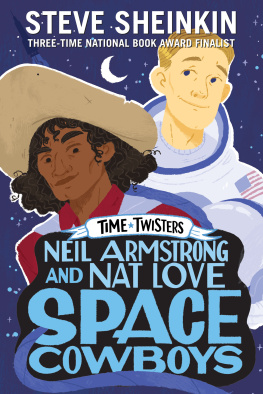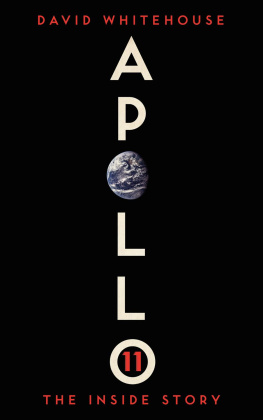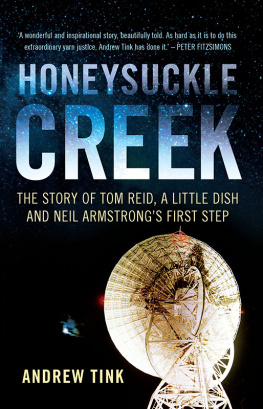Contents

Dear Neil
Armstrong
PURDUE STUDIES IN AERONAUTICS
AND ASTRONAUTICS
James R. Hansen, Series Editor
Purdue Studies in Aeronautics and Astronautics builds on Purdues leadership in aeronautic and astronautic engineering, as well as the historic accomplishments of many of its luminary alums. Works in the series will explore cutting-edge topics in aeronautics and astronautics enterprises, tell unique stories from the history of flight and space travel, and contemplate the future of human space exploration and colonization.

RECENT BOOKS IN THE SERIES
Piercing the Horizon: The Story of Visionary NASA Chief Tom Paine
by Sunny Tsiao
Calculated Risk: The Supersonic Life and Times of Gus Grissom
by George Leopold
Spacewalker: My Journey in Space and Faith as
NASAs Record-Setting Frequent Flyer
by Jerry Ross
Dear Neil
Armstrong
Letters to the
First Man from
All Mankind
James R. Hansen
Purdue University Press
West Lafayette, Indiana
Copyright 2020 by Purdue University. All rights reserved.
Printed in the United States of America.
Cataloging-in-Publication data is on file with the Library of Congress.
Hardback ISBN: 978-1-55753-874-1
EPUB ISBN: 978-1-61249-603-0
EPDF ISBN: 978-1-61249-602-3
Letters featured in this volume are from the Neil A. Armstrong papers in the Barron Hilton Flight and Space Exploration Archives, Purdue University Archives and Special Collections.
To all of the people who wrote letters to Neil
it is to their respect, admiration, and fascination
with him that I dedicate this book
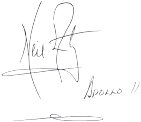
CONTENTS
Throughout history there have been ordinary men and women who accomplished extraordinary things. Neil Armstrong was one of those. As an experimental test pilot for NASA, he flew the X-15 at Edwards Air Force Base, going higher and faster than anyone before him, flying to the edge of space. And then he transferred to the astronaut program so that he could fly in space.
I was a member of the fifth selection group of astronauts in 1966 and arrived in Houston in May of that year, just two months after the flight of Gemini 8. Neil had been the commander on that flight, which ran into trouble when the attitude control thrusters fired suddenly, causing the spacecraft to tumble. Both the Gemini 8 and crew could have been lost that day, but a coolheaded Neil got the spacecraft under control.
When I arrived that May the talk was all about how Neil had saved the flight. And since I was already excited about being assigned to the Manned Space Center, all that talk about Gemini 8 only served to get my heart going faster. My introduction to Neil was the result of our being on the same floor at the MSC, and I saw him only intermittently in my early days there. Busy with postGemini 8 responsibilities, Neil was not in the office much. But he was quick to introduce himself and welcome me, showing friendly support for my new assignment to the Astronaut Office. I felt honored to meet him.
There is an old saying that the ultimate test pilot is the one who, when faced with certain death, calmly reads out the instruments before crashing. Without a doubt the ability to keep a cool head is a preeminent characteristic of great test pilots. Neil Armstrong certainly demonstrated that, as witnessed by the way he both saved Gemini 8 and landed the lunar module on July 20, 1969. During the descent to the Moon an onboard computer overload caused a series of alarms to sound. Then as the lunar module Eagle dropped closer to the surface, Neil saw that the area they were headed toward was rocky and knew he must find a more open area in which to land. As Eagle approached 500 feet he took manual control, and with lowered visibility from a layer of lunar dust kicked up by the descent engine and a dwindling fuel supply, he successfully landed the lunar module in the Sea of Tranquility.
Neil Armstrong was often described as stoic, but that was not my experience of him. Although I did not know him in an intimate, familiar way, we were friends, and we got to know one another better after the Apollo program ended. While I served as chairman of the Astronaut Scholarship Foundation and as such focused on raising money for that organization, Neil focused on raising funds for Purdue. But he was always ready to speak at ASF events, and at an anniversary celebration for Apollo 15, for which I served as the command module pilot, he showed his warmth and grace as he spoke about the importance of the CMP role during the Apollo program, giving much credit to Michael Collins, his CMP and second in command on Apollo 11.
I hope you enjoy these samplings of the many thousands of letters and well-wishes Neil received, and responded to, from people all over the world. Though they are thoroughly enjoyable in their own right, through them we gain insight into the First Man and what he meant to so many.
Al Worden
July 2019
Among the items the crew of Apollo 11 left on the Moon was a tiny silicon disc about the size of a half-dollar. Etched onto that disc, in microscopic lettering about one-fourth the width of a human hair, were messages of goodwill from seventy-four leaders of the worlds nations, messages that had been rather hurriedly solicited by NASA (after authorization by the U.S. State Department) just weeks before the launch of Apollo 11. Also etched on the disc were four presidential statements: from then current U.S. president Richard M. Nixon and the immediate past U.S. president Lyndon B. Johnson, plus quotes from the National Aeronautics and Space Act of 1958, signed by Dwight D. Eisenhower, and John F. Kennedys May 25, 1961, lunar landing commitment speech to Congress. The disc also contained the names of various members of the U.S. Congress who had served on committees instrumental to the achievement of the Apollo program, as well as the names of the leading NASA manned space program officials. In truth, NASA had contacted 116 countries asking for their contributions to the historic disc of goodwill messages, but the deadline for producing the disc came so fast that not all were able to get their messages back to NASA in time.
As the goodwill messages were not written expressly for Neil Armstrong, nor for his crewmates, nor for NASA, and most of them not even directly for the United States of America, it may seem unusual to use them as the basis of the introduction to this book dedicated to Armstrongs letters. But in another respect these messages are the perfect way to lead the reader into the contents, and the spirit, of this book.
For one thing, Neil Armstrong commanded the mission that took the disc to the Moon. But more than that, if not for Neil the small beat cloth package containing the disc, preserved within a thin aluminum case, might not have been left on the Moon, at least not during Apollo 11. The package was in the shoulder pocket of Buzz Aldrin, Neils lunar module pilot and fellow Moonwalker, who had been so busy with his tasks on his EVA (extravehicular activity) that he had completely forgotten about leaving the package on the surface. Buzz was halfway up the ladder heading back into the lunar module Eagle when Neil, still down on the surface, called up to him, How about that package out of your sleeve? Get that? Buzz pulled the packet out and tossed it down onto the surface, at which point Neil gave it a nudge with his foot, straightening it out a little and getting some dust off it.

